Nanofluid in Double Pipe Heat Exchanger CFD Simulation, ANSYS Fluent Training
Nanofluid in Double Pipe Heat Exchanger CFD Simulation, ANSYS Fluent Training
- Upon ordering this product, you will be provided with a geometry file, a mesh file, and an in-depth Training Video that offers a step-by-step training on the simulation process.
- For any more inquiries regarding the product, please do not hesitate to reach out to us at info@CFDLAND.com or through our online support assistant.
€190.00 Original price was: €190.00.€125.00Current price is: €125.00.
Nanofluids are designed colloidal suspensions of nanoparticles in a base fluid, usually water, which improve heat transmission in double-pipe heat exchangers. Adding metallic or oxide nanoparticles to the base fluid changes its thermal conductivity and convective heat transfer characteristics, improving heat transfer rates. A double-pipe heat exchanger consists of two concentric pipes, one within the other. The fluid to be heated or cooled runs through the inner pipe, while the heating or cooling fluid flows through the annular space between the inner and outer pipes.
In the present problem, Al2O3 nanofluid is utilized instead of water liquid to enhance heat transfer inside the double-pipe heat exchanger. Note that, we benefited from the invaluable reference paper entitled “HYDRODYNAMIC AND HEAT TRANSFER STUDY OF DISPERSED FLUIDS WITH SUBMICRON METALLIC OXIDE PARTICLES [1]”.
- Reference [1]: Pak, Bock Choon, and Young I. Cho. “Hydrodynamic and heat transfer study of dispersed fluids with submicron metallic oxide particles.” Experimental Heat Transfer an International Journal2 (1998): 151-170.
Simulation Process
The geometry is primarily designed by subtracting the inner tube. Instead, the heat flux is applied to the mutual interface, representing the heat transfers from the hot fluid. The symmetric design of the heat exchanger allows us to consider only half of the model. A structured grid is then generated over the domain.
The complex correlation between nanoparticles and nanofluid thermophysical properties forces us to write and use User-defined functions (UDF). Given the aim of the study, water is utilized in the first case study. Then, it is substituted with Al2O3 nanofluid. Thus, Nusselt number and friction factor can help us determine the difference.
Figure 1: structured grid over double pipe heat exchanger
Post-Processing
The CFD modeling results show that Al2O3 nanofluid has a big effect on improving heat transfer in the double-pipe heat exchanger compared to just water. The velocity contour shows a well-developed flow pattern in the annular space, with the fastest speeds seen in the core area, which means that the fluid is moving well. Along the length of the heat exchanger, the temperature contour shows a steady change from 300K to 453.59K. This shows how the heat moves from one place to another. To compare pure water and Al2O3 nanofluid, we found that pure water has a Nusselt number of 6.03 and a pressure drop of 2637 Pa, but the nanofluid has a Nusselt number of 6.62, which is about 10% better and greatly improves heat transfer performance.
Figure 2: Temperature field in Nanofluid in Double Pipe Heat Exchanger CFD Simulation
However, this improved heat transfer performance comes with a notable trade-off in system hydraulics. When Al2O3 nanoparticles are added, the pressure drop goes from 2637 Pa to 4020 Pa, which is a 52.4% rise. There is also a small rise in the friction factor, from 0.146 to 0.151. These findings match the velocity contour, which displays the complicated flow behavior in the annular space. The contour picture of the temperature distribution shows that the nanofluid is better at moving heat, which is especially clear in the way the temperature rises slowly along the length of the heat exchanger. This in-depth study shows that nanofluids have better heat transfer properties, but people should be aware that they need more pumping power because the pressure drops are higher.
Figure 3:Velocity distribution inside Double Pipe Heat Exchanger CFD Simulation
We pride ourselves on presenting unique products at CFDLAND. We stand out for our scientific rigor and validity. Our products are not based on guesswork or theoretical assumptions like many others. Instead, most of our products are validated using experimental or numerical data from valued scientific journals. Even if direct validation isn’t possible, we build our models and assumptions on the latest research, typically using reference articles to approximate reality.
Yes, we’ll be here . If you have trouble loading files, having technical problems, or have any questions about how to use our products, our technical support team is here to help.
You can load geometry and mesh files, as well as case and data files, using any version of ANSYS Fluent.
€170.00 Original price was: €170.00.€125.00Current price is: €125.00.

€160.00 Original price was: €160.00.€110.00Current price is: €110.00.

€160.00 Original price was: €160.00.€80.00Current price is: €80.00.

€130.00 Original price was: €130.00.€85.00Current price is: €85.00.

€360.00 Original price was: €360.00.€185.00Current price is: €185.00.

€240.00 Original price was: €240.00.€115.00Current price is: €115.00.



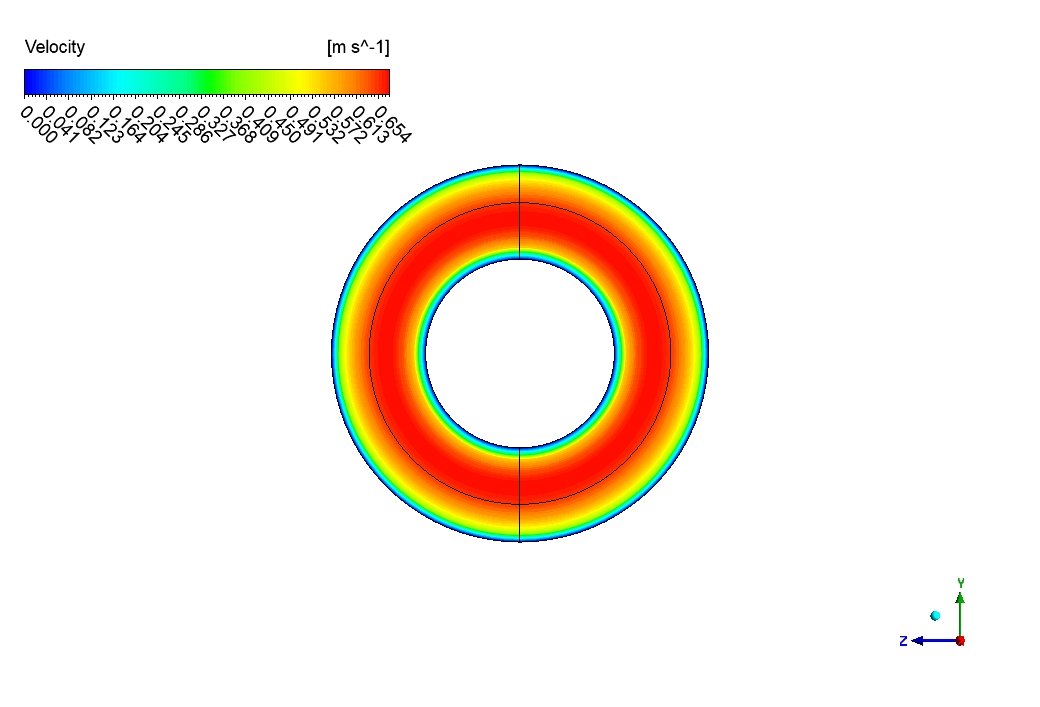
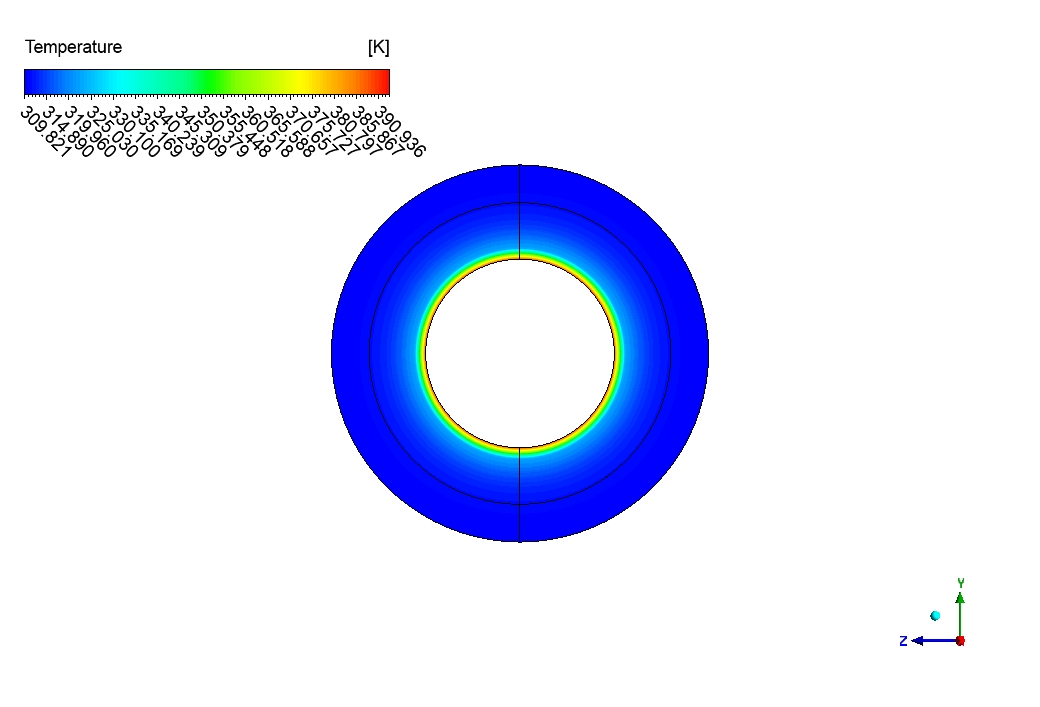
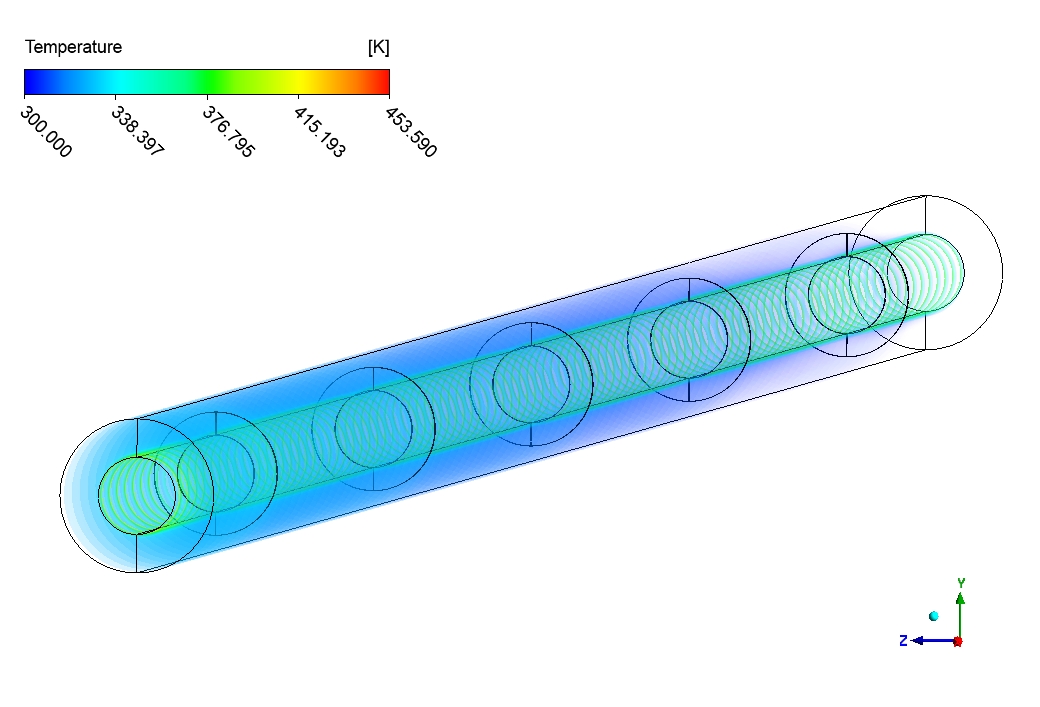
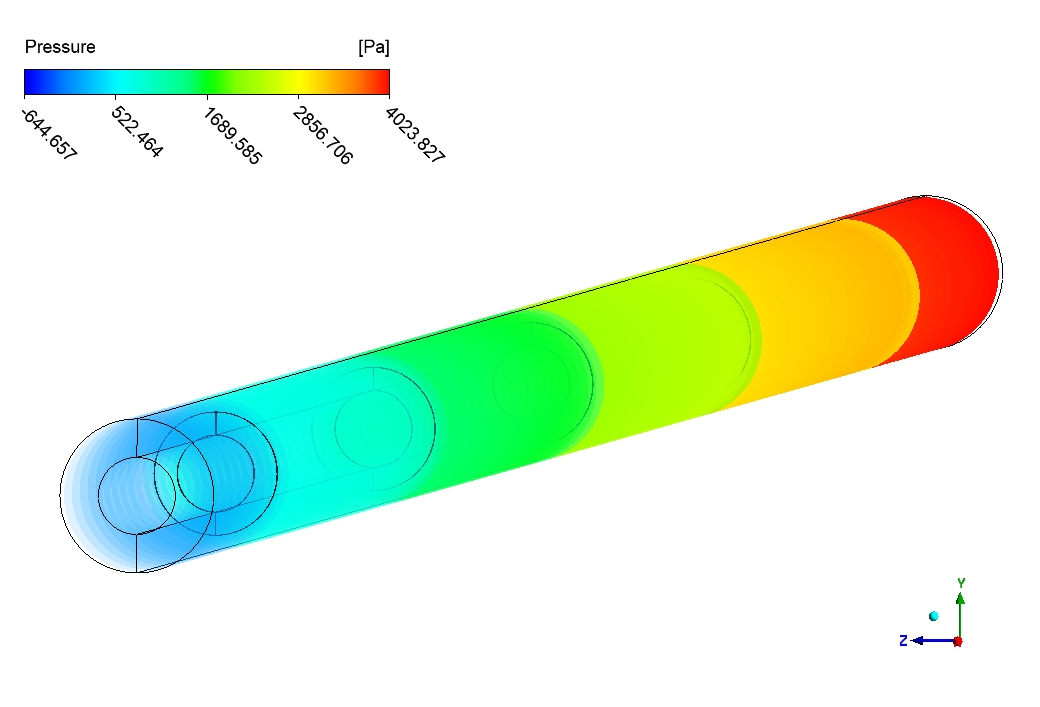
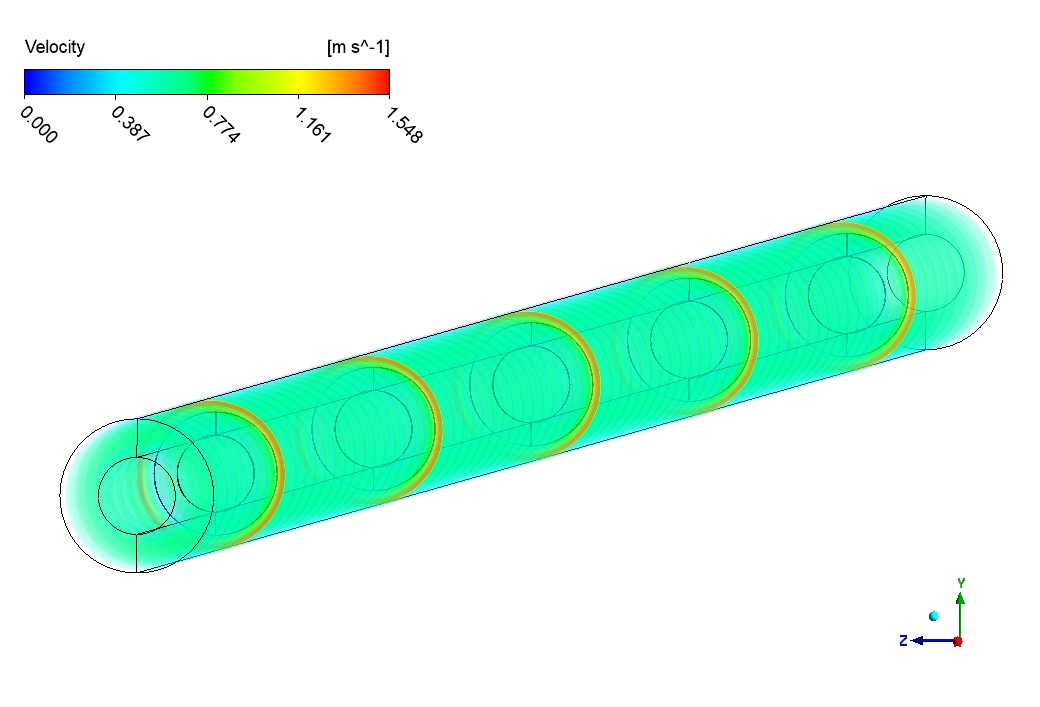
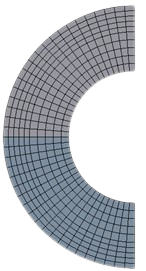
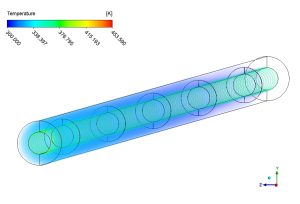
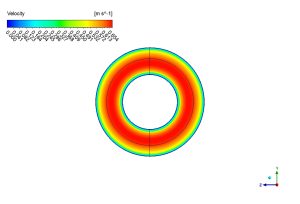






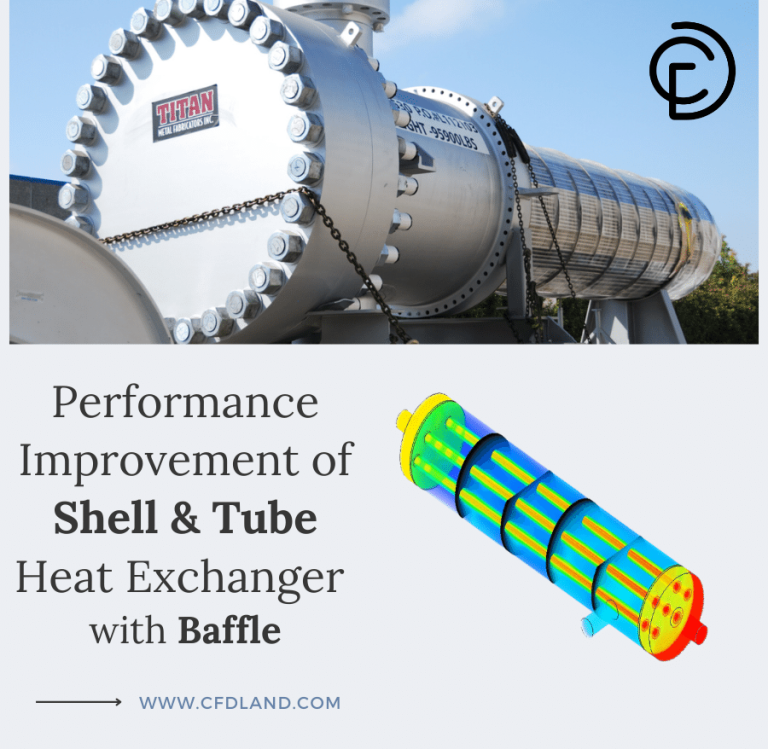
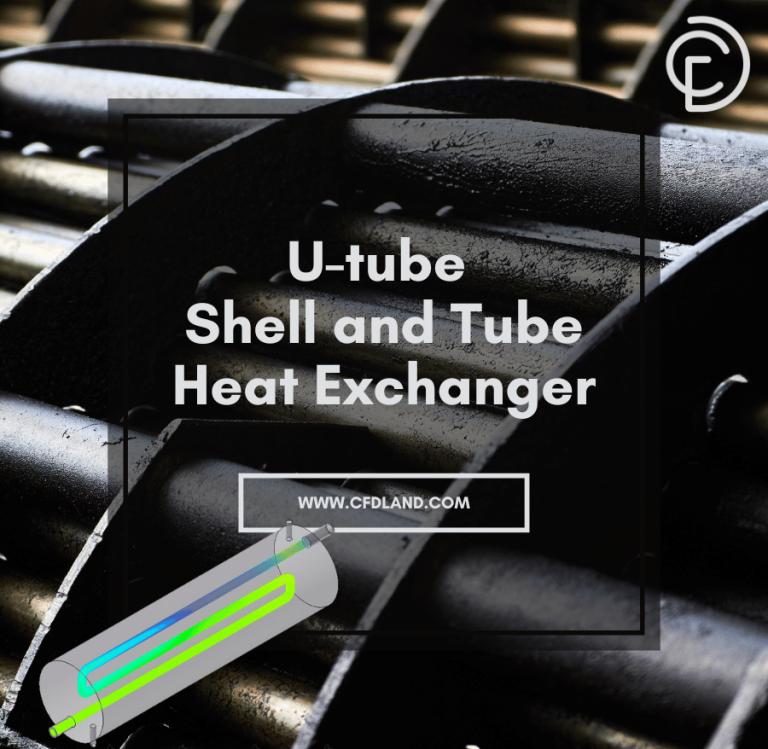
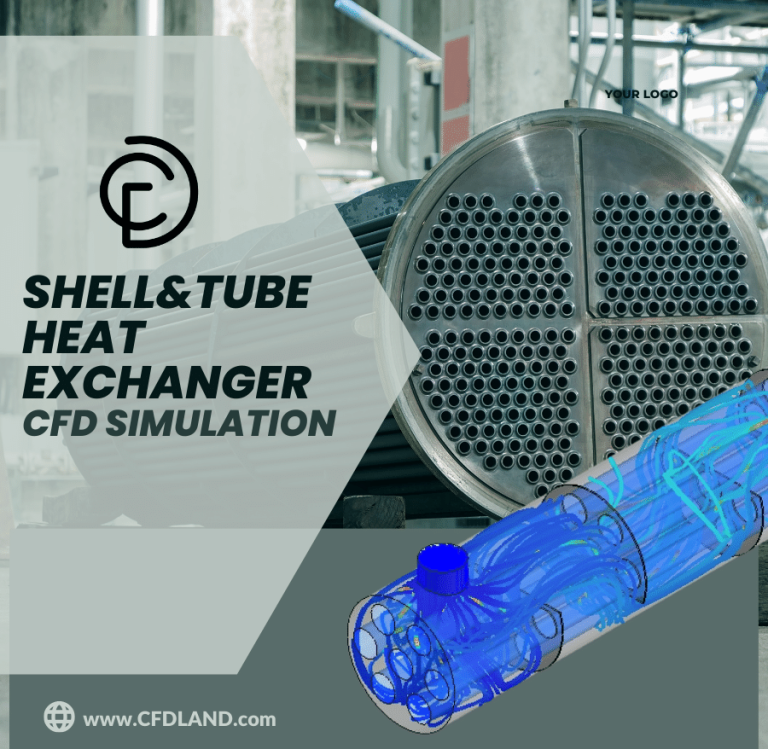
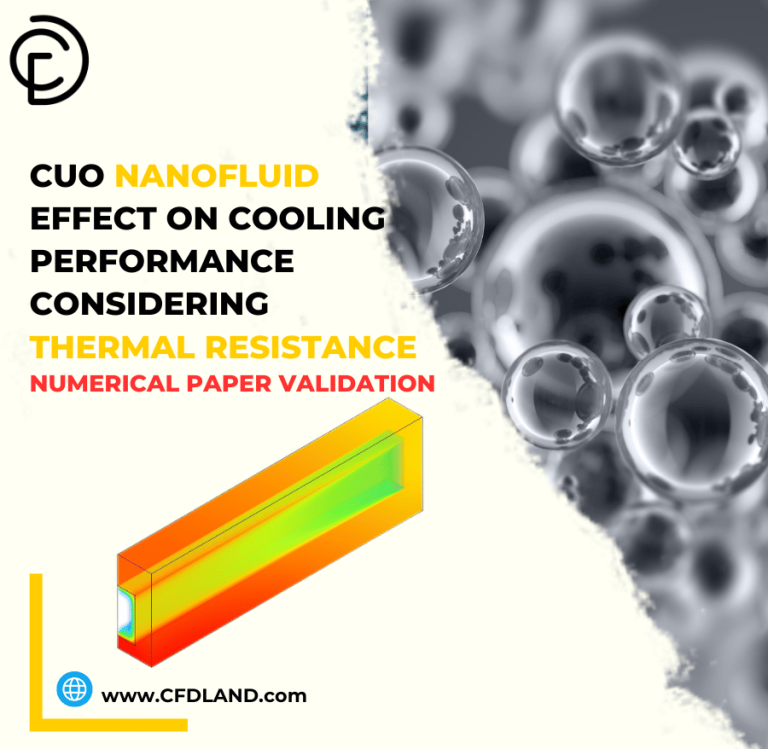
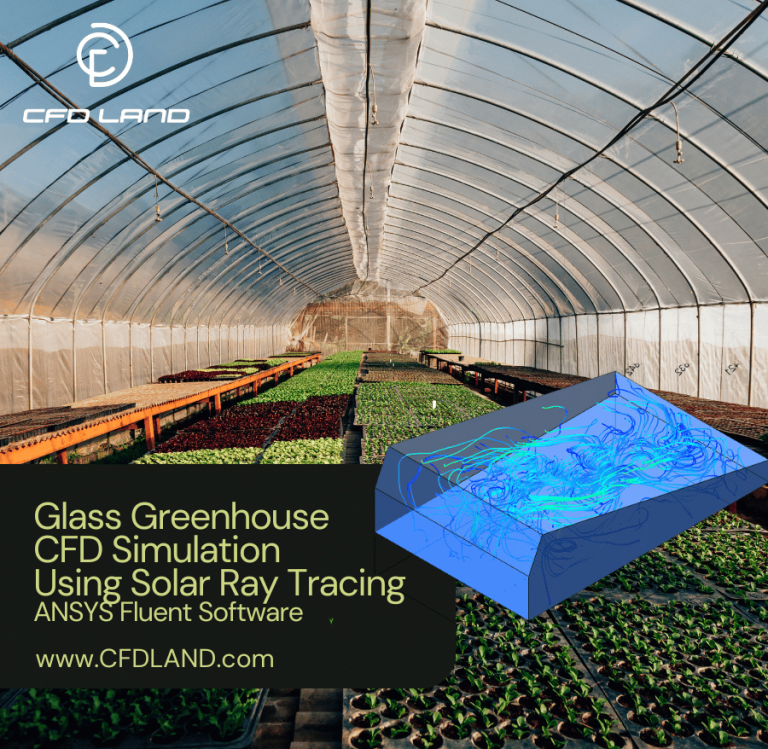
Reviews
There are no reviews yet.